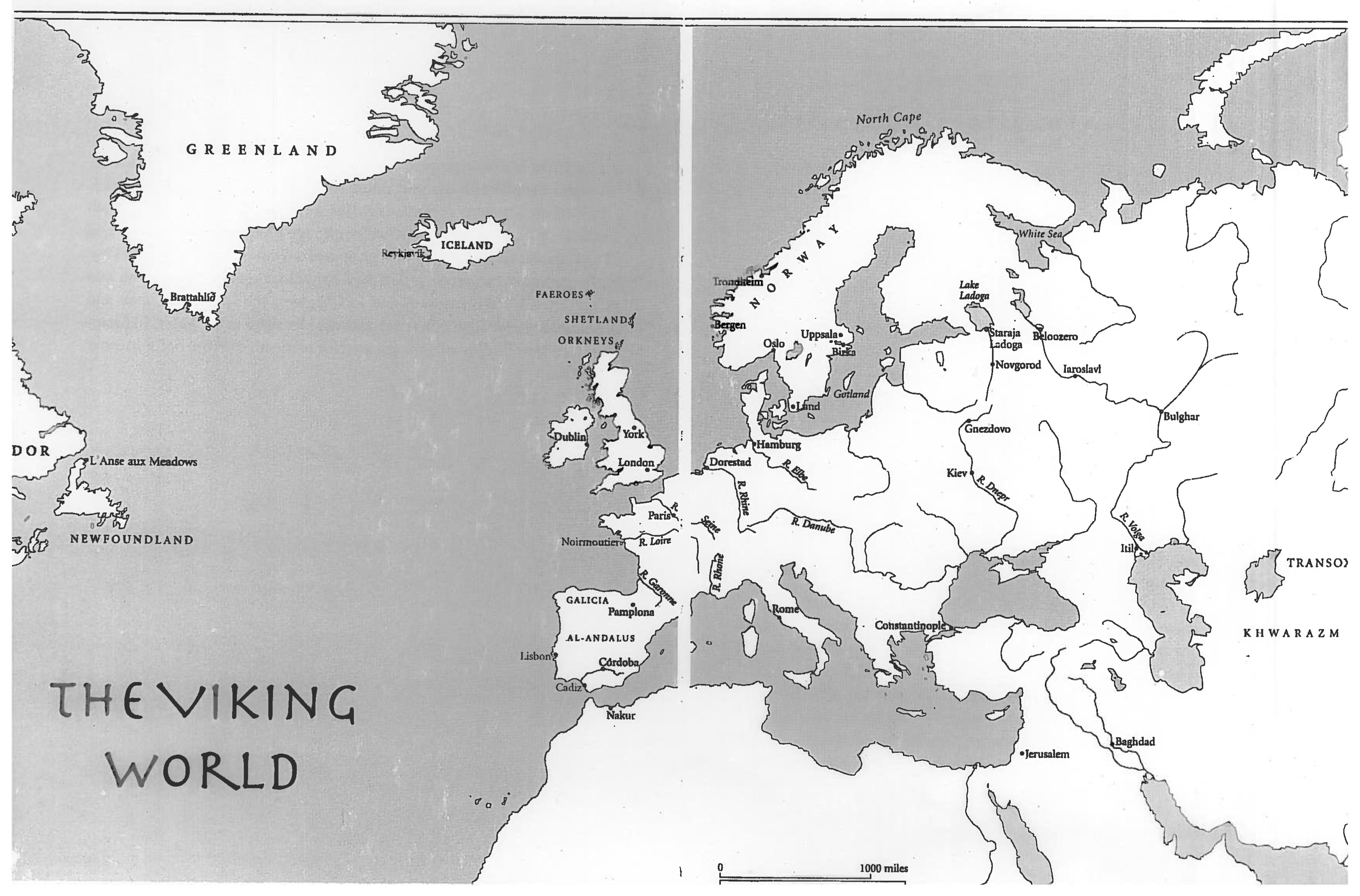Prof. William Smyth

Title: On the track of the Vikings - The Place-name Evidence (plus a few Surnames)
When: Wednesday 13th November, 4-5pm
Where: Geography Library, Geography Building
ABSTRACT:
This study began in the late 1990s with the suspicion that Scandinavian Rural settlement was more extensive than the literature then allowed. Since then the project has slowly evolved into a general assessment of the cultural and geographical impact of Scandinavian settlement across the whole of Ireland. The Viking World once stretched from deep in the land we now call Russia to edges of North America. The Viking Age is deemed to begin c.AD 790 and end c.1050/1100. In Ireland the ‘Viking Age’ proper is regarded as ending c.950/980, followed by the ‘Hiberno-Scandinavian’ phase to 1170, during which Irish and Scandinavian cultures became more integrated. We may term the descendants of the Scandinavian settlements as ‘Scandinavian-Irish’ by the 1200s at a time when Irish culture as a whole had been radically transformed.
There are now c.62,000 townland names in Ireland but Pender’s Census c.1659 documents only about 17,500 names while Goblet’s comprehensive documentation of the place-names on all of Petty’s mid-17th century maps accounts for close on 22,000 across Ireland. Only about 2-3% of townland names are first documented pre-1170, about 14-18% between 1200 and 1500, while 75-80% of place-names are first documented from the 16th and 17th century onwards. Given the linguistic complexities, place-names research is always challenging. It is further complicated in Ireland by the fact that whatever Viking names existed, they are buried under three phases of Gaelicisation from the medieval period onwards and by processes of Anglicisation that also began in the medieval period and deepen considerably from the 16th century onwards.
However, the Scandinavian naming heritage in its colonies is better preserved (and researched) outside Ireland. Comparative research of documented names plus fieldwork was carried out in the Isle of Man, Lancashire and Cumbria, Scandinavian Scotland especially the Western Isles as well as in the Orkneys in the far north. Norwegian place-names were also examined. Ground-truthing of potential Scandinavian names was tested for counties Wexford and Limerick.
This Seminar will explore some of the challenges, problems and results of this on-going project.
